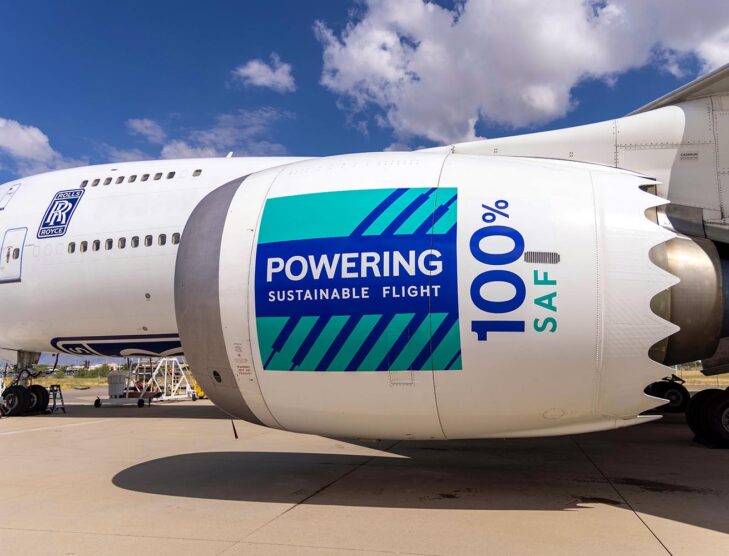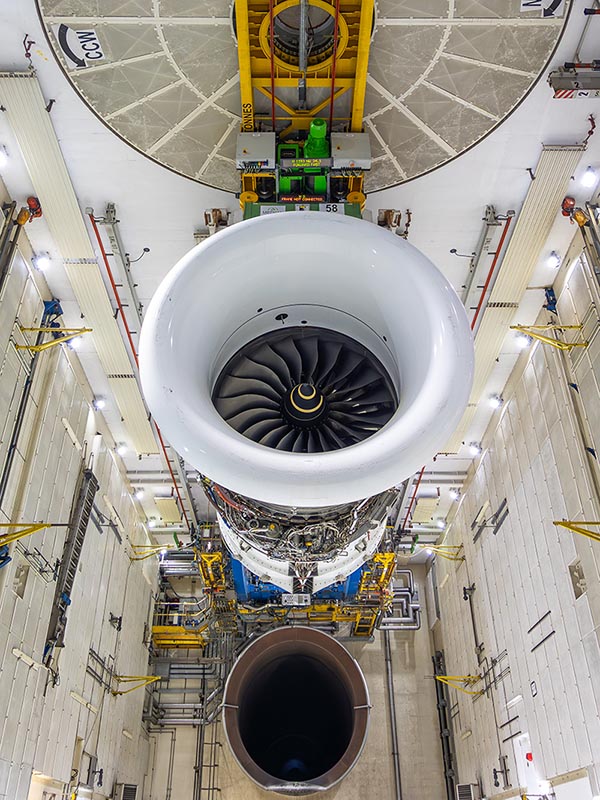
Global aviation pact signals ‘major surge’ in SAF adoption
The aviation industry is committed to reducing its environmental footprint and is embarking on a transformative journey towards decarbonisation. A green paper released by the Australian Government on September 7, 2023, estimates that between 300 and 450 million litres of sustainable aviation fuel (SAF) was produced globally in 2022—three times the volumes manufactured the year before. However, SAF still only covers around 0.1 to 0.15%, according to the report.
While electric and hydrogen technologies should not be discounted due to the potential long-term benefits they offer, the green paper stresses that SAF is the most meaningful bet for decarbonisation before 2050. Although, as an aside, there is currently no SAF incorporated into Australia’s jet fuel supply and the 31st-ranked oil-producing nation does not currently have onshore refining capacity capable of producing SAF to support the local aviation industry.
All available SAF in 2022 was purchased and global demand continues to eclipse available supply. This is despite the considerable price premium associated with SAF in comparison to conventional jet fuels amounting to an estimated cost of USD500 million to the industry, according to the International Air Transport Association (IATA)—the trade association for the world’s airlines. Airlines have entered into forward purchase agreements totalling USD45 billion to secure ongoing supply and there have been reports of airlines vertically integrating into the SAF supply chain.
There is a pressing need for greater SAF availability around the globe. Governments and investors play a pivotal role in driving the transition towards SAF. However, their participation hinges on one crucial factor: certainty. Stable and predictable policies and regulations that stimulate production, foster innovation, promote competition and attract financing are critical for SAF development and deployment.
During the 41st session of the International Civil Aviation Organisation (ICAO) in October 2022, the long-term global aspirational goal (LTAG) of net-zero carbon emissions by 2050 was adopted by the ICAO Assembly. Established in 1944, ICAO is a United Nations agency that facilitates collaboration among 193 nations, fostering the collective use of airspace for mutual advantage. The pursuit of net-zero emissions in the aviation sector demands a diverse array of measures comprising technology, sustainable fuels, operational improvements and market-based measures.
The announcement of a net-zero commitment within the aviation industry was largely symbolic. Its realisation requires targeted and sustained support to materialise the pledge. During the Third Conference on Aviation and Alternative Fuels (CAAF/3), hosted by ICAO in Dubai, United Arab Emirates, from 20-24 November 2023, the aviation industry reached a collective agreement on a milestone target of a 5% reduction in the carbon intensity of aviation fuels in 2030, compared to today’s fossil fuels.
A carbon intensity target is just one aspect of a new ICAO Global Framework for Sustainable Aviation Fuels, Lower Carbon Aviation Fuels (LCAF) and other Aviation Cleaner Energies adopted by ICAO and its member states during the Dubai event. “The role of the Framework is to facilitate the scale-up of the development and deployment of SAF, LCAF and other aviation cleaner energies on a global basis, mainly by providing greater clarity, consistency and predictability to all stakeholders,” said ICAO Council President Salvatore Sciacchitano in a statement. ICAO also emphasised the role of the framework in supporting SAF expansion in developing countries.
The framework complements existing ICAO practices related to environmental protection including the Carbon Offsetting and Reduction Scheme for International Aviation (CORSIA), where carbon dioxide (CO2) emissions growth that cannot be reduced through sustainable fuels, technical and operational improvements is offset with emissions units from the carbon market. CORSIA only applies to international flights.
It may be green skies ahead, with several commentators labelling the ICAO Framework a turning point in the sector’s decarbonisation efforts. The framework gets the wheels (and wings) in motion on the industry’s net-zero commitment by establishing a clear pathway to accelerate decarbonisation efforts. The document also sends an important signal to public and private investors, as well as fuel producers.
ICAO advises that the framework is not simply a set of guidelines, but rather a collective vision for a more environmentally sustainable aviation landscape. The document includes four key building blocks: policy and planning; regulatory framework; implementation support; and financing.
Flexibility is a key component, says ICAO. Member states are encouraged to implement policies that support the vision; however, individual countries can contribute to the collective effort in a manner that aligns with their national timelines and resources. Each of the 193 countries under the ICAO umbrella has different capabilities and there is no specific mandate on emissions reduction for individual regions. The No Country Left Behind (NCLB) initiative also ensures every country has equal opportunity to contribute to and benefit from, expansion in the production and use of these fuels and the expected emissions reductions, says ICAO.
While a tailored approach to decarbonisation may be laudable, the method is contrary to current practice in the European Union where SAF is a priority area in a journey to cleaner aviation. In September 2023, the European Parliament voted to impose binding targets on SAF in European airports. In 2025, 2% of fuels must be SAF, 6% in 2030 and 70% by 2050. 1.2% of fuels must also be synthetic fuels made using captured CO2 emissions. Though, these targets are still to be approved by individual EU countries. Despite a divergence in approaches, the European Commission has welcomed the ICAO agreement and its new Global Framework.

The framework calls for several measures to support a burgeoning global SAF market including a robust capacity building and implementation program. ICAO urges member states to make “regular and substantial contributions to the ICAO Voluntary Environment Fund and other in-kind contributions” to support the delivery of the capacity building and implementation support programme. According to the documentation, ICAO should also undertake a study of fuel accounting systems for international aviation currently in use in the open market, to determine ICAO’s potential role in supporting these systems.
ICAO also emphasised the importance of access to technology in the deployment of clean energy. The framework encourages states to promote and facilitate the effective transfer of technology, in accordance with the NCLB initiative.
A “Finvest Hub” is proposed to address Assembly Resolution A41-21, paragraph 18. The purpose of the hub is to facilitate public and private investment capacity from financial institutions and to connect investors with aviation decarbonisation projects. A “matchmaking function” to help identify and assess projects, the development of a database of funding and financing sources, and toolkits of term sheet templates were all offered as possible resources within the Finvest Hub. Firstly, ICAO needs to establish the necessary structure and capability of the proposed initiative.
The successful outcomes from the CAAF/3 meeting came off the back of several effective pre-events including the 2023 ICAO Stocktaking on Aviation in Sector CO2 Emissions Reductions and the first Pre-CAAF/3 Policy and Finance Consultation, in July. The second Pre-CAAF/3 Outcomes Consultation event took place in September 2023 in Montreal, Canada, attracting more than 600 participants and delegations from 95 states and 19 International organisations.
Following the release of the framework, IATA has called on governments to maximise SAF production globally, without delay. Willie Walsh, IATA’s director general, says IATA now expects governments to “urgently put the strongest possible policies in place to unlock the full potential of a global SAF market with an exponential increase in production.”
The ICAO Global Framework will be continually monitored, with the convening of CAAF/4 required no later than 2028, where the ambition of the framework will be assessed and updated according to recent market developments.







